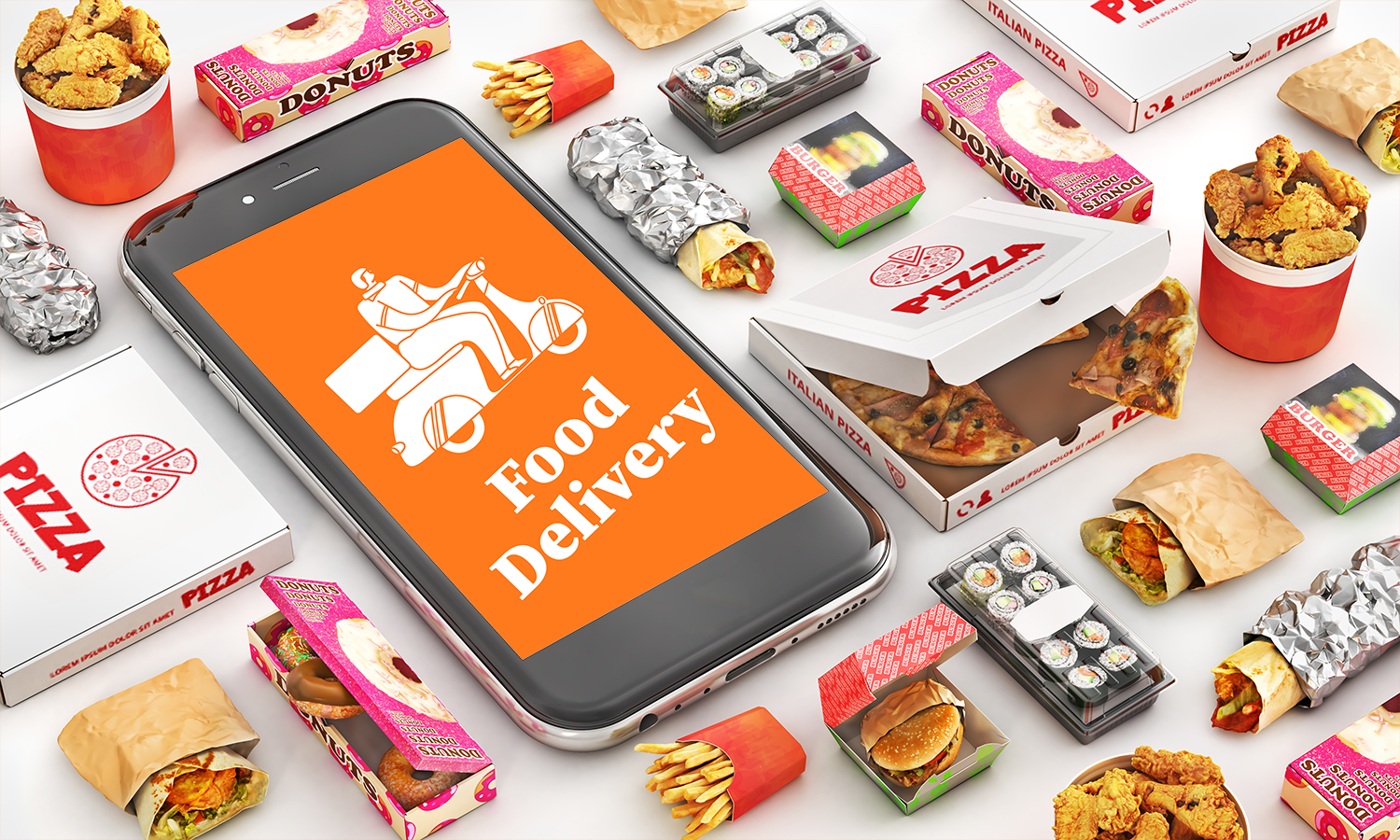By Beatrix Potter, Contributor
Delivery services are becoming popular among consumers across the US, so it’s no wonder so many restaurants are introducing their own. However, it’s not as easy as clicking a button; restaurant delivery poses its own challenges and is not always easy to get right.
The biggest challenges facing restaurant delivery are speed, safety, and quality. Failing to deliver on any one of those can impact the customer’s perception of your brand. Maintaining food quality, keeping it stays safe for consumption throughout the delivery process, and delivering so on time is a difficult balancing act that requires detailed planning and careful execution.
Here are four areas to consider when starting a restaurant delivery part of your businesses.
Prepare for Delivery Service
Often restaurants find delivery service challenging simply because they aren’t prepared for the sheer number of orders they receive. Delivering on these orders is challenging enough, but doing so whilst continuing to satisfy the customers on your premises often leads to missed orders, customer complaints, and poor reviews.
Take a look at your kitchen and restaurant to see where you can optimize for delivery service. When it comes to orders, can you manage them at high volumes? What does your kitchen do to manage a large number of orders on a typical day?
Use these tactics and amplify them for your delivery service. You may find it’s useful to employ kitchen staff only responsible for delivery service and provide them with a prep area, so as not to interrupt local service in your restaurant.
Ensure Food Quality & Safety During Delivery
Food delivery is now so commonplace that customers will not stand for delivered food that is not of restaurant quality. That mostly means the food should be hot on arrival, but also other aspects, like that products should not be overly mixed, and textures should stay the same (i.e. nothing too hard or soggy).
There is no cure-all solution for this challenge because every dish is different and will require different methods to maintain quality during delivery. Examine all the products you currently offer and any new ones you intend to introduce. Figure out how you can maintain their quality for up to an hour during delivery. If there’s an item you can’t confirm will stay of high quality, you may want to leave that out of your delivery options.
This is especially important for food safety. Make sure to perform rigorous safety tests on food you intend to deliver, checking everything from internal dish consistency to cross-package contamination. Allergen procedure is slightly different with delivery food as you need to make sure allergens cannot transfer between dishes in transit.
Have a Customer Feedback Procedure In Place
When a dish arrives to a customer at a table in a restaurant, they can immediately make the server aware there is something unsatisfactory about their dish. In a delivery setting, this isn’t always possible: delivery drivers often know little about the food and cooking process, so cannot answer questions or complaints. You will need to be a feedback procedure that links the customer to your kitchen or restaurant in case of any issues with orders.
This is all about having established levels of quality before beginning delivery service. Know exactly what is acceptable or not so that when a customer calls you can determine whether the delivery driver or your kitchen staff is responsible for the error.
If there’s a missing item, that’s the chef’s (or packer’s) responsibility; if the order is cold or late, it’s usually the driver. Once you’ve determined this, have a procedure to deal with complaints. Do you offer their money back, or do you send another dish? In either circumstance, offering vouchers or discounts against future purchases is a good way to curry favor with unsatisfied customers.
Record, Report, Re-Evaluate
A delivery program is a complicated business that requires a lot of testing and adjustment. You can only act on challenges if you know what they are, and you can only improve on performance if you know what went wrong. For that reason, recording and reporting your delivery process is essential in re-evaluating it and improving it.
You should make sure you record any instances of order failure, customer complaints or errors, then meet with the responsible people (once service is over) to figure out how to avoid this in future. Sometimes a third-party is necessary for impartial analysis of your methods and procedures on everything from efficiency to food safety so that you know where you need to focus on to improve. You may find that your staff need specialized training for delivery service or food safety management.
Most importantly, make sure to act on these discoveries. Re-evaluation is useless without action, and re-evaluation is the only way to improve your service and continue to satisfy customers.
About the Author
Beatrix Potter is a business editor at Essayroo and Academic writing services. Bea writes content for restaurant and bar operators, though she also writes food reviews and recipes. She is also an online HR representative at Essay Services.















